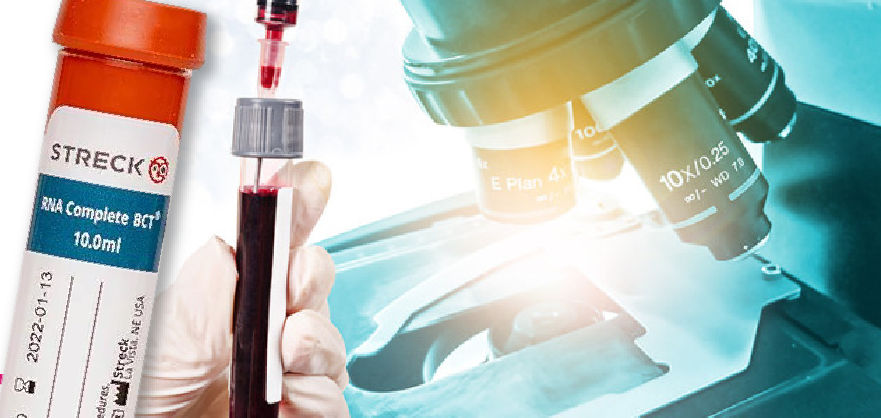9p13, PAX5
PAX5 rearrangements, t(9p13) The human PAX5 (paired box gene 5) gene at chromosome 9 band p13 encodes a B-cell lineage specific activator protein (BSAP), essential in normal B-cell lymphopoiesis. PAX5 plays an important role in the generation and function of distinct mature B-cell types by controlling the identity and development of B cells (from pro-B cells […]


